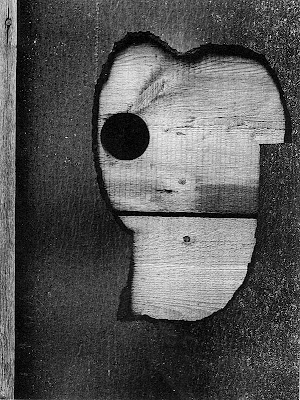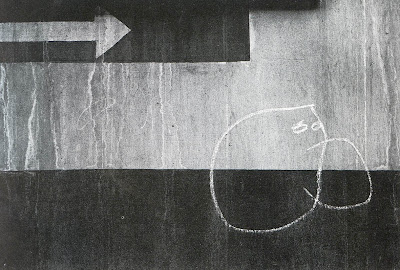Xamonas Chegwé wrote:hadespussercats wrote:I'd just like to point out that the phrase "technical virtuosity" is by no means a synonym for so-called realistic style. Good craftsmanship takes many forms, and exploration of new media would be impossible were it not for artists being willing to explore and familiarize themselves with the properties of new materials.
And I'm leery of evaluating art on the basis of the "emotion that the artist felt (and intended to convey.)" I don't see how we can know what that was. Plus, it nullifies the possibility for the audience to participate in the artistic experience by bringing their own reactions to what they see-- reactions the artist might have been completely unaware were possibilities when the work was created.
I'm also not sure I agree about "emotional content" being what "raises art above artisanship." I suppose that depends on what qualifies as "emotional content." There are works of art that are pensive, or questioning, or simply confusing-- or that inspire thoughts that aren't overtly "emotional"-- ideas about structure, reflections on society, art that manipulates physical attributes of the act of seeing to mess with perception.
Haven't you ever seen art that is a perceptual mind-fuck? (This is the sort of art that is very difficult to duplicate on a forum thread-- I'll see if I can find examples...)
This art is fun and exciting to be around-- but doesn't particularly strive to elicit "emotion."
I would categorise most, if not all, of those counter-examples as emotional responses. Certainly being mind-fucked has an emotional element every bit as much as being fucked in any other way! As does being "fun and exciting to be around."
There are always two sets of emotional context present in a piece of art - that which the artist intended and that which the observer experiences - Art exists
in between the artist and the observer - it is a
shared experience between the two (despite those experiences often being divided temporally.)
The closer those two sets of emotions are, the more successful the art
from the point of view of that artist and that observer. Art is necessarily subjective - in fact, in my view, it can only be art if defined as such
subjectively!
The works of Matisse, Rothko, and UB40 don't move me at all. To others, they stir something emotionally that I can't grasp. I would never say that any of them are "not art" simply because I "don't get it". They are just "somebody else's art" - which is fine.
Okay, so if you use a wide definition of emotion, that could maybe be described as stimulated mind activity (? sounds dry, but that's the best I can do ATM), then we're on the same page. Particularly your last line, about work that fails to move you but that you recognize as worthwhile-- I know where you're coming from with that.
And I agree that art is an experience that is shared between the artist and the audience, or, maybe more precisely, between the art object and the audience. I make that last modification because I don't see how you've accounted for your earlier assertion about the value or success of art being linked to how successfully the artist conveys his or her desired emotional response to the audience member.
If an art viewer has a deep response to a piece of art, why does it matter if that response is what the artist intended?
****
I have to admit, Matisse isn't one of my favorites. His use of color is something I find cheerful-- but that's generally where my connection with his work ends.
Rothko, on the other hand, is one of my all-time greats.
I wrote about him, here:
http://www.rationalia.com/forum/viewtop ... 20#p837995
(I'm linking instead of quoting because it's a long post, at the end of a thread I have mixed feelings for.)
Another thought:
The example rachelbean posted of Klee's work is a good example of a type of technical virtuosity that has little or nothing to do with traditional representation:
http://www.rationalia.com/forum/viewtop ... 20#p912918
The texture, the skillful use of color, are evocative while remaining subtle. There so much that could be seen-- it's like jewelry, or heiroglyphics, or landscape, or... it's simply like itself. Lovely.













